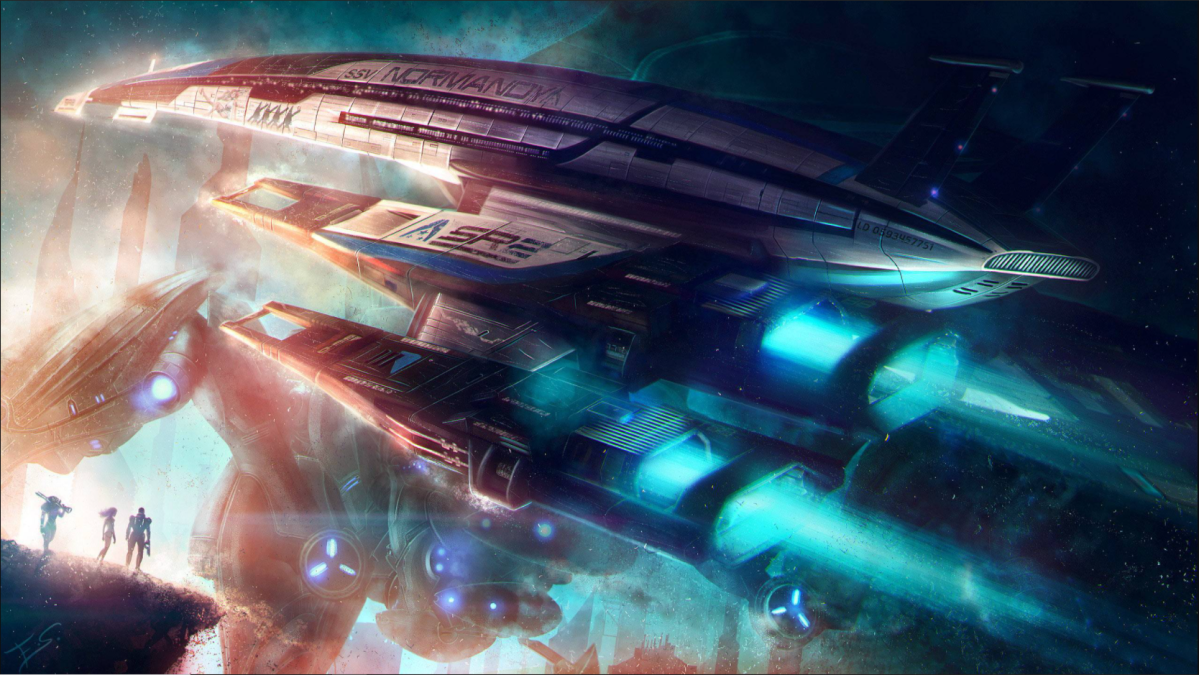Video Link: https://youtu.be/ycV_0ziiqdg
When our group first met, we had a series of incredibly dissimilar ideas. Our preliminary meeting consisted of bouncing between text-only adventure stories, visual novel horror stories, and some edition of the recently popular game “Episodes”. Because of our differing genre preferences, there didn’t seem to be a movie we were interested in remediation that the majority of us had seen. That is, until Lara suggested Legally Blonde. The sorority-girl-turned-lawyer film is a millennial cult classic, something we all loved as kids (that is, except Nick, who had never seen it) (This quickly changed).

This idea is when we began to see that we could combine multiple elements of different game types we had proposed making – Legally Blonde remediated into a game could be a text prompted, visual novel type game where users had to solve the same case that Elle had to in the movie. Choosing which scene we were going to remediate proved a simple task after choosing the movie. The courtroom scene in which Elle had to take charge and prove her client’s innocence through information collection seemed the clearest example of a mission to complete.

Preparing to create our game and remediate the courtroom scene from Legally Blonde partly involved Lara drawing each character. She took inspiration both directly from the movie’s actors and by looking at other visual novel type games to create her style.



Preparation also involved the creation of a dialogue tree. We started by transcribing the questioning of each witness from the movie. We then had to figure out which questions chosen by the players led to which information being revealed. Those who had seen the movie might find it obvious exactly which path to take, but those new to the franchise would have to solve the case themselves in the same way Elle had to.
We chose to create the game in Ren’Py, a visual novel engine written in Python. Audrey and Nick downloaded the engine and confirmed that it could support the game mechanics we had discussed, including the image buttons which allow the player to make observations about the witnesses appearances and use it in their arguments. Then, we used the menu function to create dialogue choices, and developed branching choices with associated flags so that the game would remember those choices.

One struggle was determining the best way to keep track of game logic – initially, we tried to use primarily Boolean-valued variables, but because of the nature of screen language in Ren’py, we decided to use a “set” to which we add different tags depending on previous important choices.

Our dialogue tree is fairly simple, but it could be expanded with further time (and willingness to deviate from the original media). Currently, the player is guided towards success, and failure in previous rounds doesn’t prevent the player from ultimately getting the truth out of Chutney. When the player asks a question that leads them towards important information, they are allowed to progress in the game.

A question or conclusion that does not help the player will result in a stalling or lack of progression. Had we had more time, we would have added ways in which the player could fail completely, such as by revealing Brooke’s liposuction or failing to click on Chutney’s hair.
The video making consisted of comparing a scene from the movie with the game itself. We wanted to draw attention to the amount that we kept the same between the two – as people often complain about the inaccuracies that occur through remediation, we felt passionate about keeping consistent with the Legally Blonde that fans know and love.





















You must be logged in to post a comment.